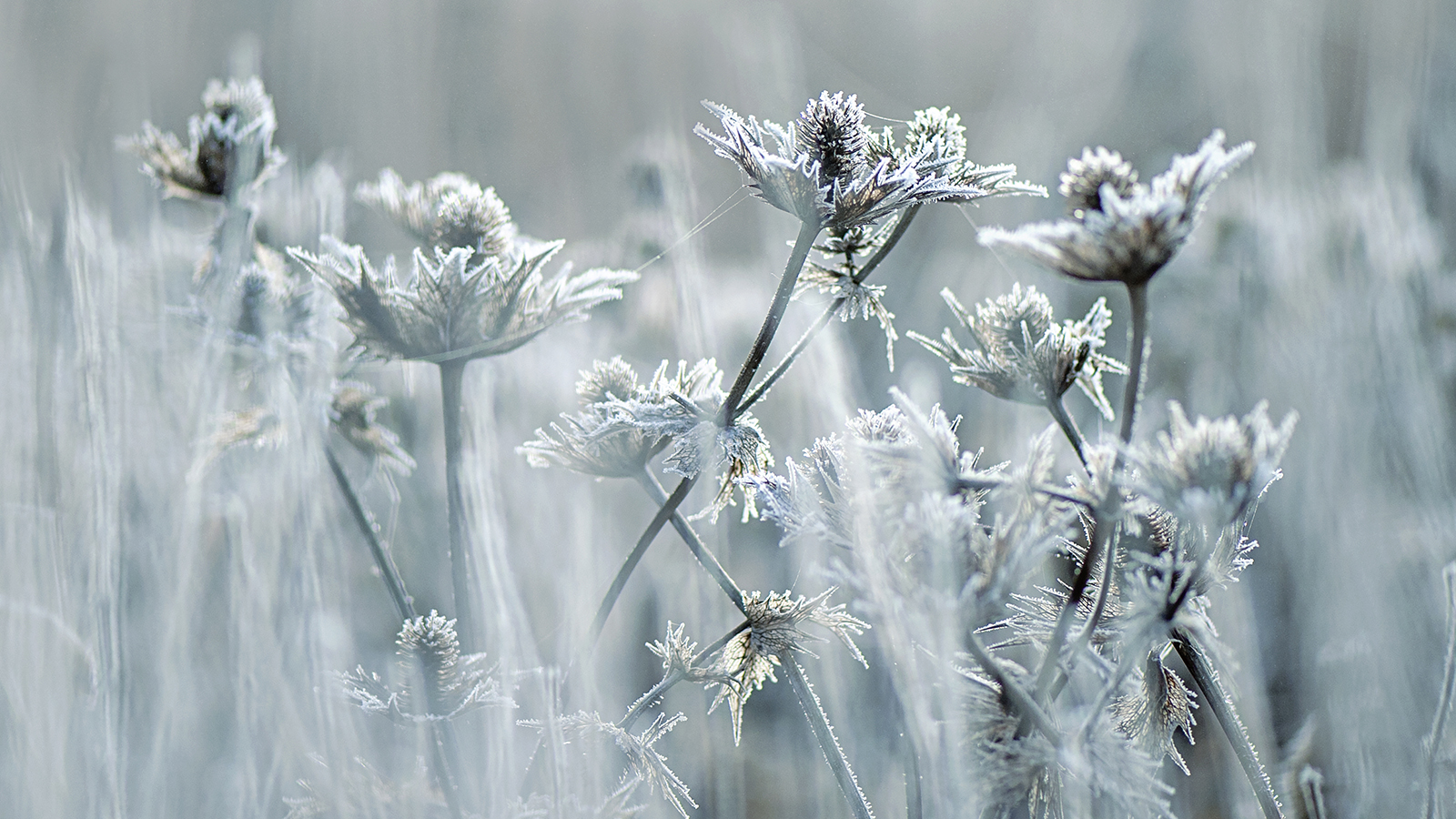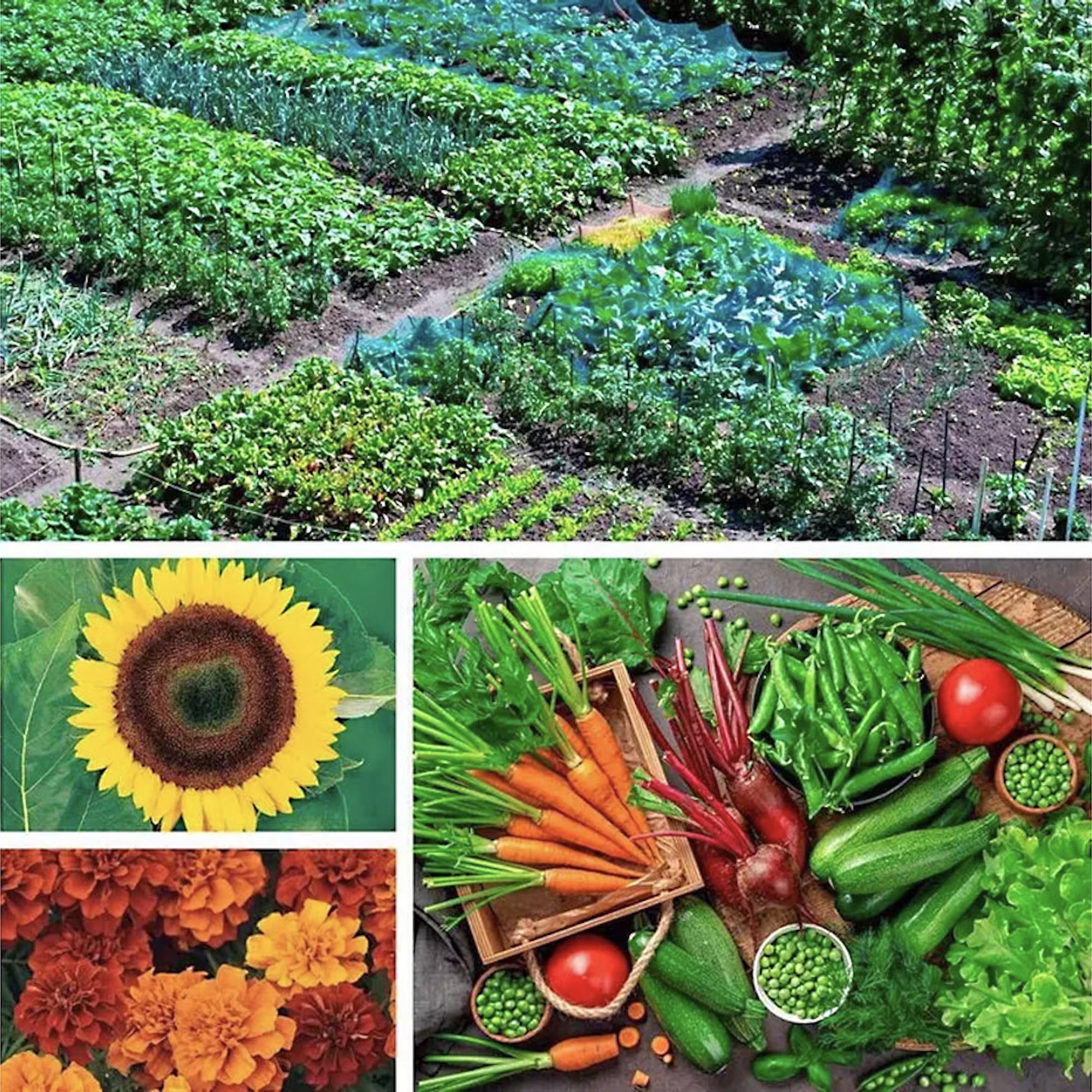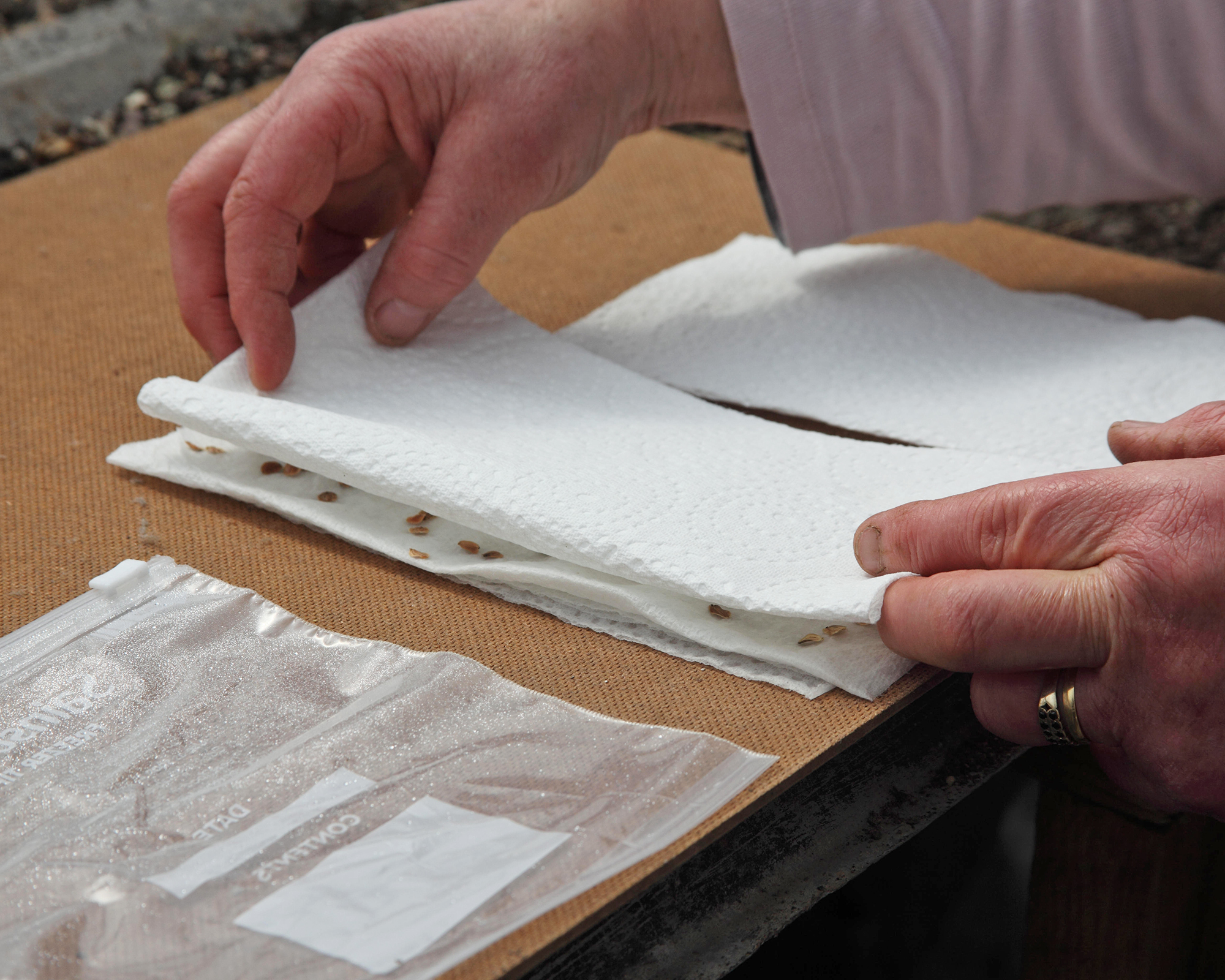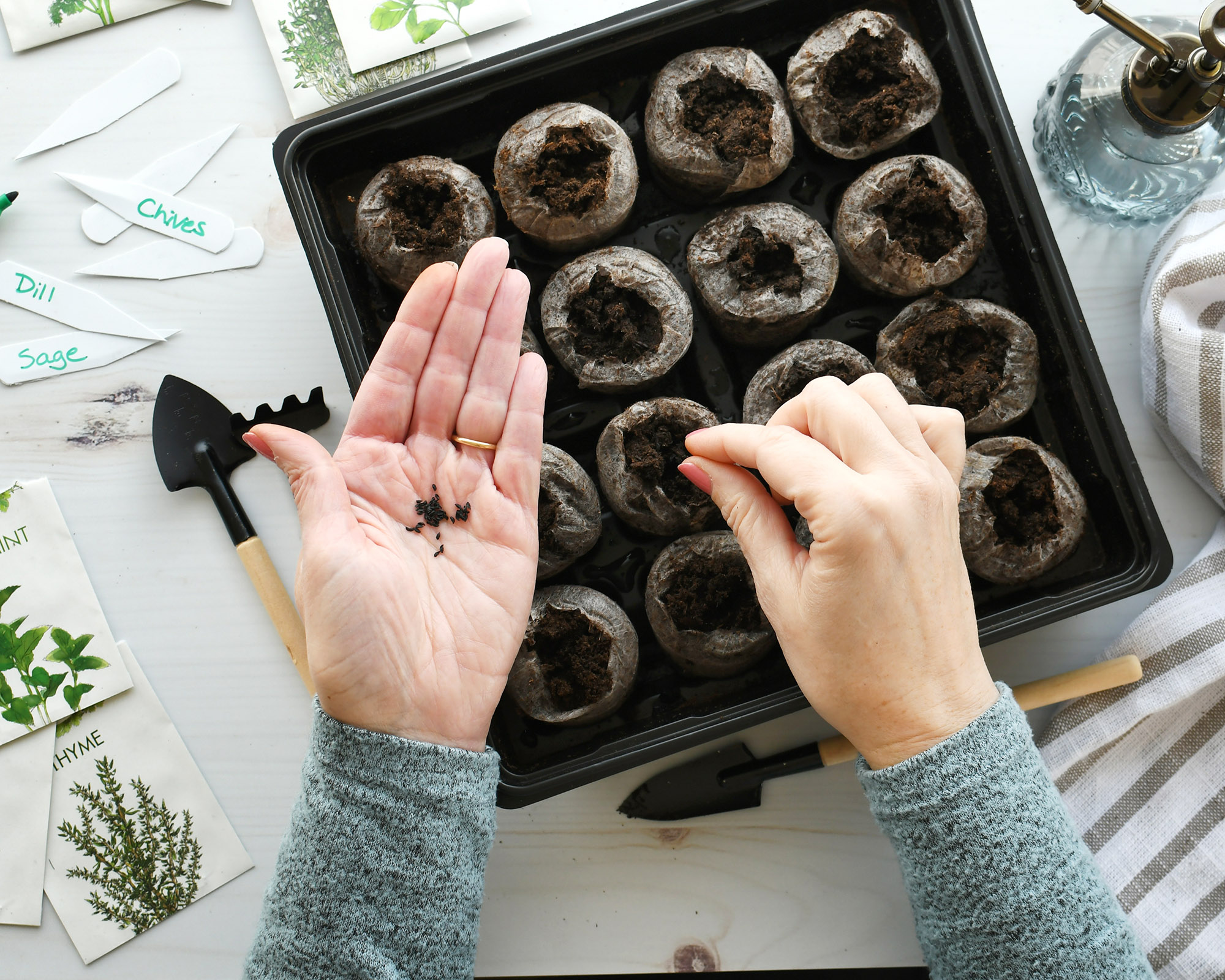How To Stratify Seeds: Boost Germination With Cold Treatment
Give seeds the best possible start through stratification. Learn the cold treatment method to break dormancy, speed up germination, and grow healthier plants.


Susan Patterson
Seeds are amazing, containing all the energy and information to grow a plant or tree. In nature, many plants easily propagate from seed with an innate knowledge about when to form and drop seeds at just the right time to germinate. Other seeds need to go through a process called stratification, a period of cold followed by warmer temperatures that trigger the seed to end its dormancy. Gardeners sometimes need to stratify seeds at home, mimicking this natural process, for them to sprout properly.
There’s no mystery to stratifying seeds – it’s a simple process, but a necessary part of learning how to germinate seeds. This article explains how to stratify seeds and what seeds need to be cold-stratified.
What are Stratified Seeds?
Stratified seeds are those that have been treated with a period of cold temperatures much as they would in nature, to break their dormancy period and encourage them to germinate. Naturally, winter is such a trigger.
Stratification is a survival method for a particular plant species. It keeps the seeds from germinating too early. Instead, the seeds become buried in soil or debris and overwinter. Cold temperatures, moisture, and the natural freeze/thaw cycle weaken the tough outer coating of the seed, readying it for germination in the warmer months of spring.

The Gardening Know How Shop is your go-to destination for seeds, planting kits, and accessories – from quality seedling trays to the Ultimate Seed Collection.
Do I Need to Stratify Seeds?
Some seeds do need to be stratified by the gardener when starting seeds indoors while for other varieties it is best to direct sow seeds. Cold treatment for seeds is necessary for plants or trees that require time in the ground over winter in order to germinate.
However, other seeds require a warm and moist treatment before sprouting, so you need to understand the needs of the seed you are sowing. Checking the seed packet information is a good starting point.
How to Cold Stratify Seeds
If you are starting cold treatment in the late summer or fall, you can put the seeds in a pot of soil and dig the pot into the ground. The seeds will sprout in the spring. Otherwise, you will need to stratify them indoors.
Gardening tips, videos, info and more delivered right to your inbox!
Sign up for the Gardening Know How newsletter today and receive a free copy of our e-book "How to Grow Delicious Tomatoes".
The best way to cold-stratify seeds is to put them in the refrigerator. There are a few ways to do this but in general, place the seeds in a moist paper towel and then place this into a sealable container or plastic bag partially filled with equal amounts of peat and a free-draining material such as sand, vermiculite, or perlite.
Label the container with the date and the species of seed, seal it closed, and place it in the refrigerator. Don’t store the seeds with fruit like apples that give off ethylene, a ripening gas.
Keep an eye on the seeds and check them every couple of weeks.

How Long to Cold Stratify Seeds?
The length of time it takes to stratify seeds varies greatly and depends on the variety of seed. Also, sometimes it may be necessary to both stratify and scarify seeds to break dormancy. This is usually done through nicking or sanding and then soaking seeds before planting.
In general, seeds take from between 1-3 months to stratify. Check your seeds every so often to see if they have sprouted or if they are too moist and are beginning to mildew.
After you remove the seed from the refrigerator, directly sow them outside if weather conditions are suitable, or sow the seed in containers indoors for later transplantation outside.

What Seeds Need to be Cold Stratified?
If a seed comes from a perennial plant, shrub, or tree, it will need to be stratified. Native wildflower seeds also need to be stratified. Most vegetables and annual flowers need no stratification, but there are some exceptions.
The following are some common plants that benefit from a cold stratification treatment (Note: This is not an all-inclusive list. Be sure to research the germination needs of your particular plants beforehand):

Amy Grant has been gardening for 30 years and writing for 15. A professional chef and caterer, Amy's area of expertise is culinary gardening.